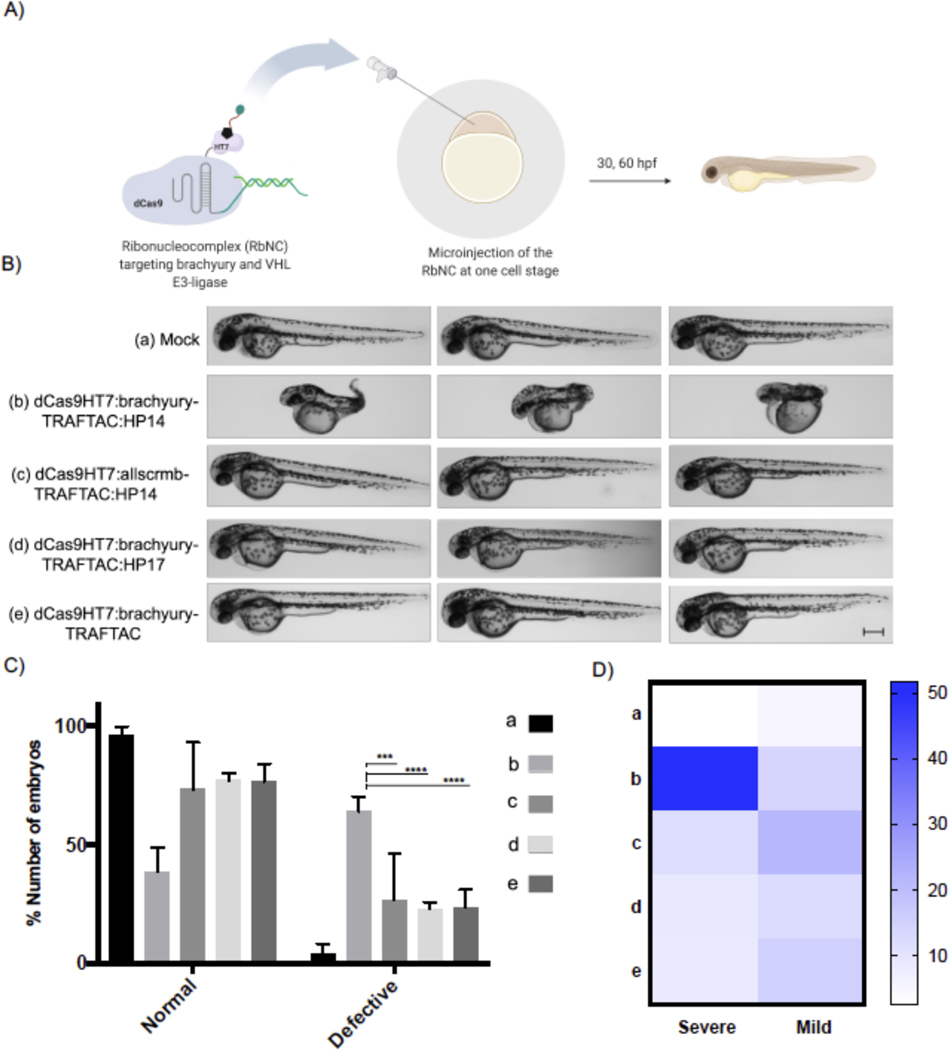Figure 7. Brachyruy-TRAFTAC Induces tail Formation Defects in Zebrafish.
A) Schematic illustration of the experimental work flow.
B) Buffer (mock, a), dCas9HT7:brachyury-TRAFTAC:HP14 (b), dCas9HT7:allscrmb-TRAFTAC:HP14 (c), dCas9HT7:brachyury-TRAFTAC:HP17 (d) and dCas9HT7:brachyury-TRAFTAC (e) were introduced to zebrafish via microinjection and embryos were analyzed at 30- and 60-hours post fertilization (hpf). Embryos injected with dCas9HT7:brachyury-TRAFTAC:HP14 displayed significant, severe tail deformation compared to the embryos injected with mock and other controls RbNCs. Scale bar: 250 μm.
C) Percentages of number of normal and defective embryos in each group treated with different RbNCs (A-E). (n: Independent biological replicates; n=4, *** p<0.0002; **** p<0.0001 in Two-Way ANOVA; Test: Tukey; confidence level: 95%, number of embryos per group = 30–50)
D) A heat map showing the percentages of severely and mildly defective embryos in each study group. Percentages were calculated compare to the total number of embryos within the corresponding group. (n: Independent biological replicates; n=4, *** p<0.0002; **** p<0.0001, 30–50 embryos per group)

